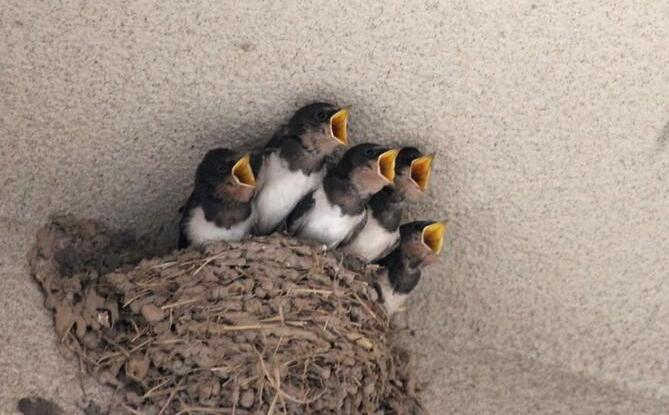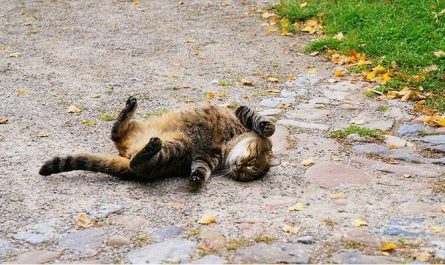The reason why swallows build nests under the eaves
Swallows build nests mainly for laying eggs and feeding young birds. The width and flatness of the eaves meets the requirements for nesting of swallows. Moreover, cats and larger birds cannot get here, so the young swallows can safely stay in the nest. life. Until the long meeting fly.
Swallows are most willing to approach humans, and humans love this beneficial bird the most. Swallows usually return from the island to the farmhouse near the farmland (insect) to breed from April to July. Barn swallows are nesting under the eaves of the farmhouse.
The nests are mostly made by sticking mud and grass stems with saliva, covered with soft weeds, feathers, rags, etc., and some Artemisia leaves. The nest is dish-shaped. Two litters are reproduced each year, mostly from May to early June and mid-June to early July. Each litter lays 4-6 eggs. The second litter is less, 2~5. Egg milky white. The male and female hatch their eggs together. 14~15 days after the young birds come out of their shells, the parents will feed them together. The chicks fly out in about 20 days, and then feed for 5-6 days before they can feed themselves. The food is insects.
The golden waist swallow is shaped like a house swallow, but slightly larger. This kind of swallow has chestnut yellow on the waist, which is very eye-catching, and the lower body has small black stripes, which is easy to distinguish from the house swallow. The habits are also similar to the house swallows, but most of them live in mountain villages. The swallow is a typical migrating bird. After the breeding, the young birds still follow the adult birds and gradually gather in large flocks, migrating south and overwintering before the arrival of the first cold wave.
The reason why swallows will return to the same place to nest
As early as thousands of years ago, people knew the law of swallows’ migration from autumn to spring. Swallows usually fly at night, especially when the wind is clear and the moon is clear, they fly very fast and high, and during the day they rest on the ground for food. In agricultural production, the law of swallow migration is also regarded as a phenology of agricultural activities.
In the autumn before winter, swallows always make long-distance trips every year-flew in flocks from the north to the far south, where they can enjoy the warm sunshine and humid weather, and the frost and bitterness of winter The cold wind left to tits, grouses and thunderbirds that never flew south through the winter. On the surface, the cold in the winter in the North makes the swallows leave their homes to spend the winter in the south, and then return from the south to their hometowns to have children and live and work in peace when the spring is warm. Is it really so? Actually not.
It turns out that swallows feed on insects, and they have always been accustomed to hunting flying insects in the air. They are not good at searching for insect food in tree crevices and ground crevices, nor can they omnivorous berries, seeds, and seeds like oak grouse and ptarmigan. Change to eating leaves in winter (coniferous species do not shed their leaves even in winter). However, in the northern winter, there are no flying insects for swallows to prey, and swallows cannot dig out the larvae, pupae and eggs of lurking insects like woodpeckers and wood sparrows.
The lack of food makes the swallows have to migrate from the north to the south from autumn to spring every year to get a broader living space. The swallows became the “nomads” in the bird family.
Barn swallows have a “weird ringworm”: they always fly in the dead of night and the moon is in the sky, and they fly very fast. Sometimes they can only see their shadows flashing by, and they can’t see its appearance at all.
The house swallows also have amazing memory. No matter how far they fly, even if they are separated by thousands of mountains and rivers, they can rely on their amazing memory to return to their hometown.
After the house swallows return to their hometown, the first “big thing” is that the female and the male build their own homes together, sometimes replenishing the old nest, sometimes building a new one. The house swallows constantly use their mouths to catch dirt, grass stems, feathers, etc., and mix them with their own saliva. Before long, a brand new bowl-shaped nest appeared under the eaves of your house.






